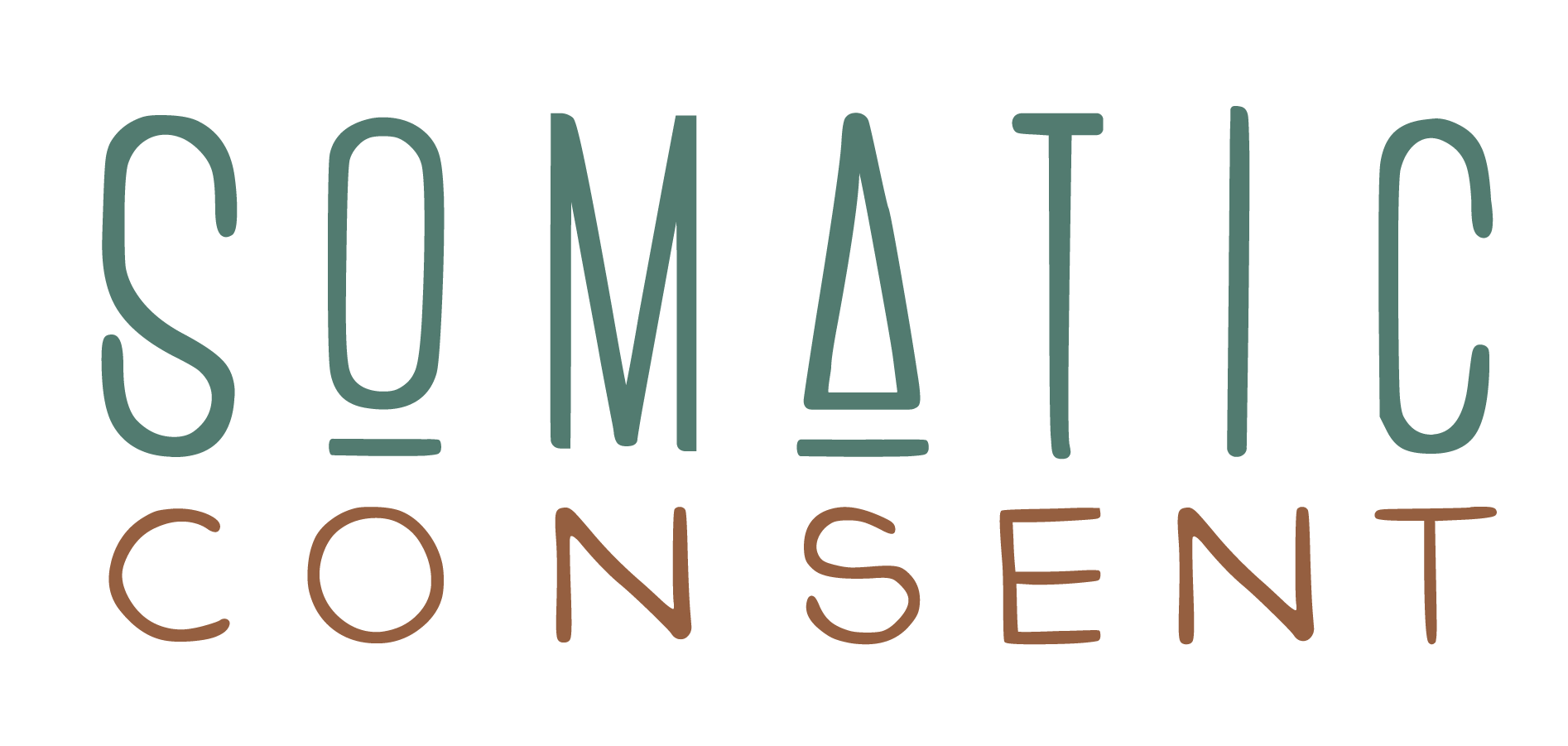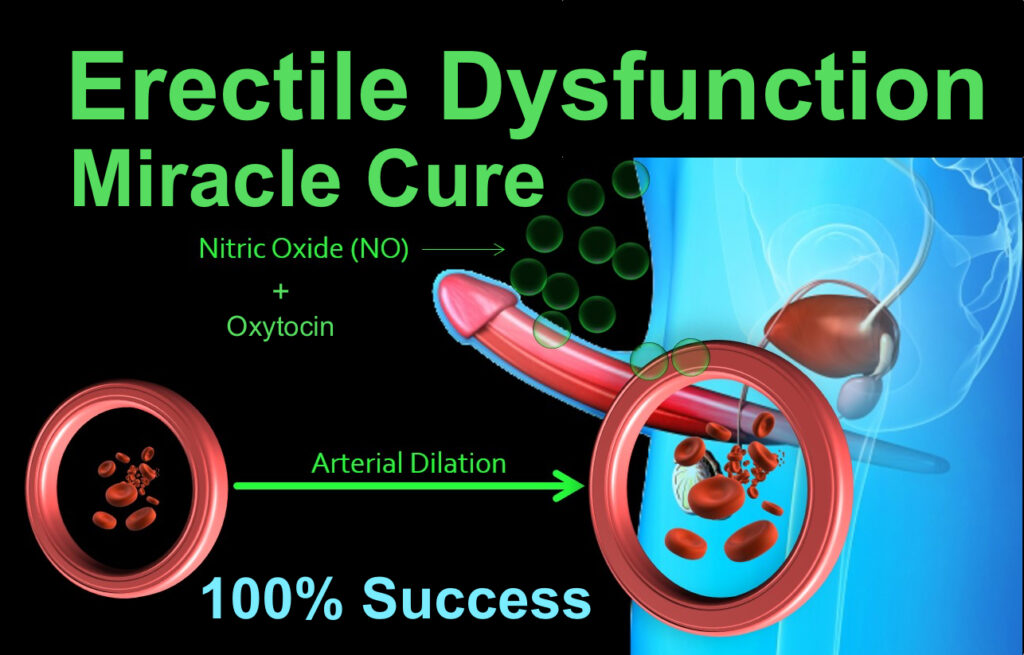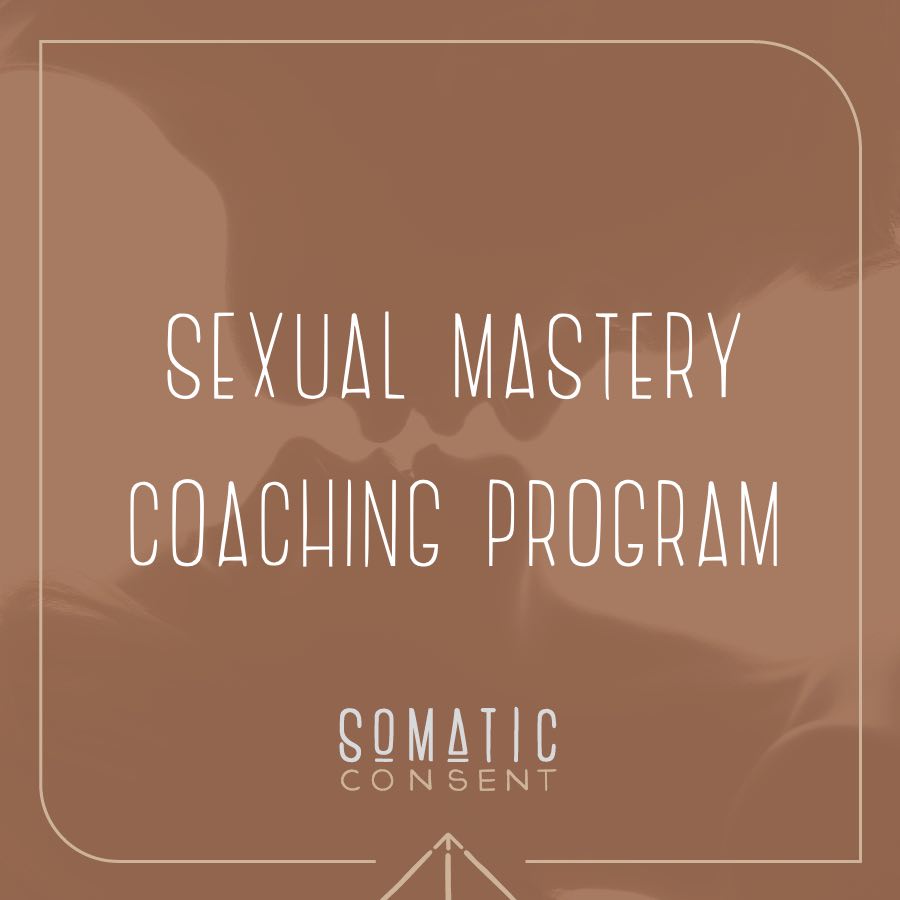1.0 Course overview + Exploring your personal reality
Welcome to Module 1:
introduction to somatic consent
In this module you will learn:
- What Somatic Consent is and how it came to be
- The two functions of the somatic body; motor and sensory
- What consent is; permission and agreement
- How to transform from giving automatically to giving with authenticity
- How to find a deeper layer of receiving through your action
Exploring your personal reality
Each one of us encountered the preverbal experience of being touched against our will—and learned to undermine our feelings about it.
We all learnt at an early age to adapt ourselves to liking what we don’t like, by trying to change how we feel about it—rather than changing what is happening.
This course explores consensual touch based on exquisite self-care and the clear communication of permission and agreements.
You’ll be guided towards the Apex of the Somatic Consent Engagement System.
This is the WE space of love and care where individuals meet in true connection and intimacy.
Before you begin
Your adventure into a deeper, more empowered relationship with yourself and others relies on your ability to notice.
So let’s begin with these 6 questions
Do you always notice what you want?
Do you usually move so quickly through life, that you never slow down enough to feel what you really want?
I invite you to slow down right now and notice.
Take a few deep breaths in, and breathe out with a sigh to bring yourself home—back, from the external world of distraction—to yourself.
Let your body speak to you right here, right now.
What is it communicating to you?
If nothing comes up, take a little more time. Take all the time you need, because the answers are there—and are very important.
Do you trust and value what you want?
What you want—matters.
It doesn’t matter what it is; it matters that you trust what comes up and value it as important to you.
We often shut down our desires. Maybe they’re too embarrassing, maybe you think you’re not worthy, maybe you’re afraid of being too needy or too greedy. Maybe you’re afraid of rejection.
Maybe you need to hear this again.
What you want matters, and the more you trust this truth, the more you step towards empowering yourself.
3. Do you communicate what you want?
You’re not alone.
It’s vulnerable to ask for what you want—AND so freeing to take the leap by raising your voice to make a request.
I recommend starting small.
Ask for something that doesn’t feel too vulnerable.
It’s like training a muscle.
It takes time, practice, determination and patience.
Try to ask others a few times a day: “Can I…?” or “Can you…?”
It doesn’t have to be about touch.
Can you please make me a cup of coffee?
Can you help me with this?
Can I come over later?
Can I tell you how I feel?
Do you allow yourself to receive?
How do you perceive a no?
Expressing your own limits and celebrating other people’s limits are a crucial part of authentic relating, consent and the development of intimacy.
Do you allow yourself to feel grateful?
Yes, being grateful can feel vulnerable too.
What might at first feel scary and uncomfortable will soon begin to feel delicious and deeply nourishing.
The more you allow yourself to receive, acknowledging the gifts that come towards you, the more you’ll expand your capacity to receive.
As you expand your capacity to receive, you learn to fill yourself up.
From this place of fullness, you become capable of giving from a place of authentic generosity—to yourself, to your loved ones and to the world you live in.




